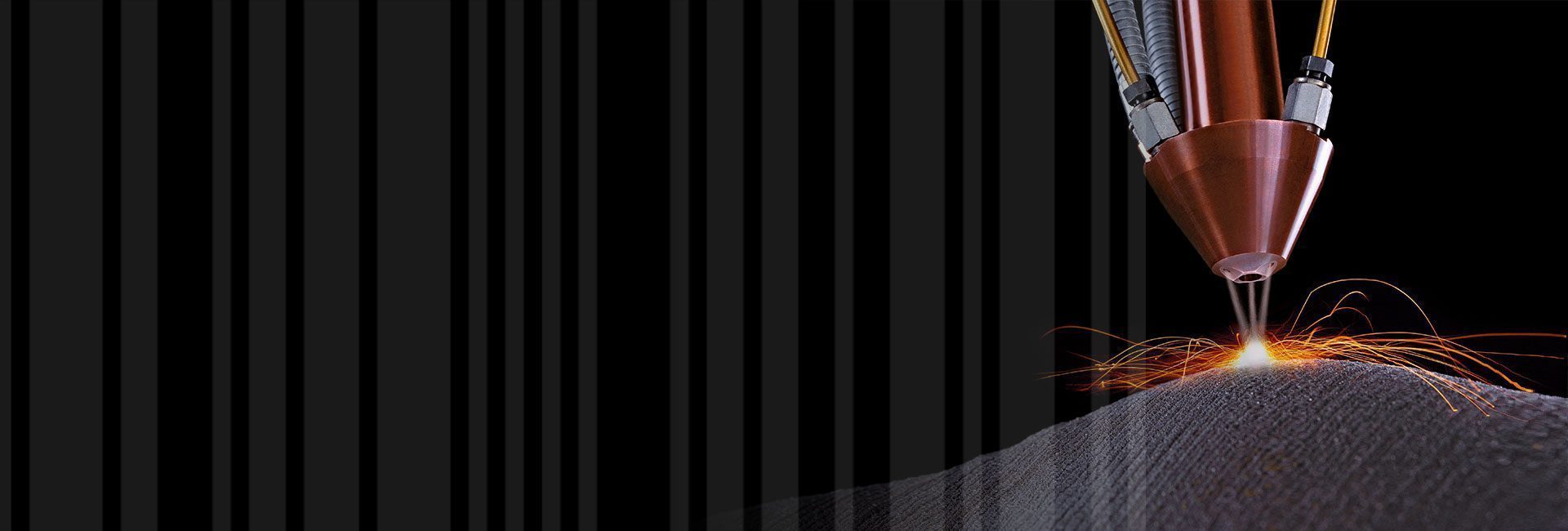
Laser Marking Machines
Laser marking technology allows permanent marks with the highest quality and definition of graphic image on all types of materials; metals, alloys, plastics, wood, etc.
Laser marking, with state-of-the-art fiber-optic technology, is produced by means of the incidence of the laser light beam generated by a diode source and which is transmitted, without loss of power, through a fiber optic medium. . The beam of light is directed by an optical element focused on the surface of the target material generating with maximum definition and high contrast all kinds of graphic images; texts, dates, numbers, symbols, logos, bar codes and Datamatrix codes for automatic component identification applications.
The resulting marking offers the highest quality and image definition, this being totally indelible against any type of physical or chemical aggression to which the marked parts can be subjected throughout their useful life.
Advantage
- Exceptional marking capacity on any material.
- Marking of all types of pieces of variable formats; flat and cylindrical.
- Minimum operational consumption (below 200W).
- It does not require additional cooling elements.
- It does not use consumables (the estimated useful life of the diodes is longer
- at 50,000 hours of production).
- Virtually free of maintenance operations (cleaning and greasing).
Industry Applications
The laser is a technology of marking widely extended in the industry for many applications for marking and traceability of parts at the unit level, among others:
- Marking for identification and traceability of machined parts.
- Marking of automotive parts and components.
- Marking of aeronautical parts and components.
- Marking of surgical instruments.
- Marking of metal nameplates.
- Marking for identification of tools and tools.
- Datamatrix 2D DPM (Direct-Part-Marking) code marking.
Laser Markers
IBEC SYSTEMS has the best products – machines, software and accessories – that ensure maximum performance and operational reliability by working intensively in the most demanding and difficult industrial production environments and applications.